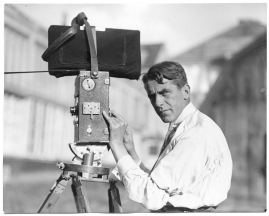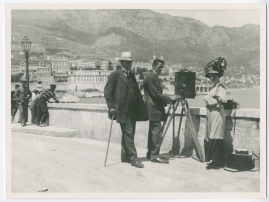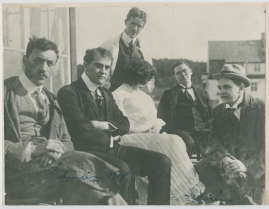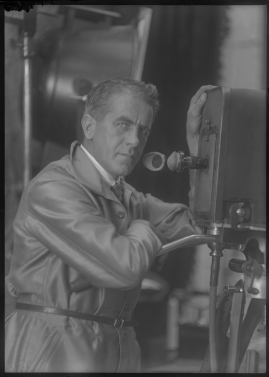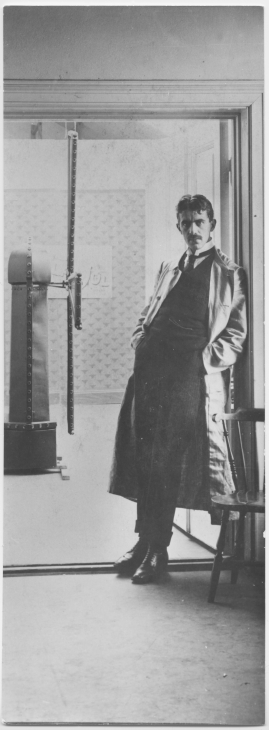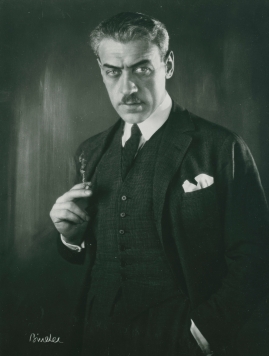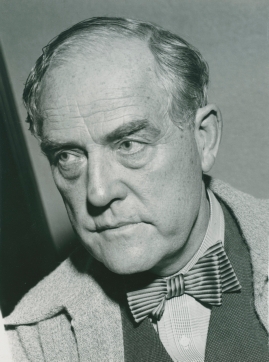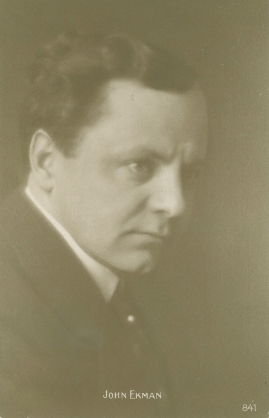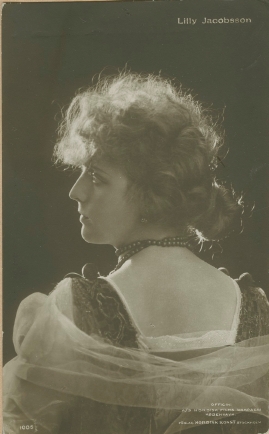Julius Jaenzon
Table of contents
- Basic facts
- Links and resources
- Biography
- Awards
- Films
- Original work
- Soundtrack listing
- Groups
Basic facts
Media (5)
| Alternative names |
|
|---|---|
| Director of Photography | |
| Cast |
|
| Show all films | |
| Awards |
|
Biography
Swedish cinematographer and director. Credited from 1905. Technical manager at Svenska Biografteatern/Svensk Filmindustri. Born as Joel Julius Jaenzon in Göteborg. Died in Stockholm. Brother of cinematographer Henrik Jaenzon.-One of the foremost cinematographers in Swedish film history, Julius Jaenzon gained an international reputation in his own lifetime for his artistic photography. Some of his best work was done during the period which came to be known as the Golden Age of Swedish cinema, in silent film classics such as Mauritz Stiller's Sir Arne's...
Biography
Swedish cinematographer and director. Credited from 1905. Technical manager at Svenska Biografteatern/Svensk Filmindustri. Born as Joel Julius Jaenzon in Göteborg. Died in Stockholm. Brother of cinematographer Henrik Jaenzon.
-
One of the foremost cinematographers in Swedish film history, Julius Jaenzon gained an international reputation in his own lifetime for his artistic photography. Some of his best work was done during the period which came to be known as the Golden Age of Swedish cinema, in silent film classics such as Mauritz Stiller's Sir Arne's Treasure (Herr Arnes pengar, 1919) and Victor Sjöström's The Phantom Carriage (Körkarlen, 1921. US title: The Stroke of Midnight). Although not the only artistically gifted cinematographer working in Sweden at the time (he used, for example, the professional name J. Julius to avoid confusion with his brother Henrik Jaenzon, himself a successful cameraman) Julius Jaenzon was regarded as the greatest. His ability to create technically advanced images that were an integral part of the overall drama of the film was praised and copied by others. Much of his skill lay in his capacity to combine natural and electrical lighting to masterly effect.
Jaenzon began his career as a portrait photographer with his own studio in his hometown of Göteborg. His aim was to emigrate to America, but he ended up instead in Kristiania (present-day Oslo) in 1905, where he started work as a cameraman for the film director Hugo Hermansen. After four years in Norway, where he worked almost exclusively on documentary material, Charles Magnusson, the director of Svenska Biografteatern, appointed Jaenzon as technical manager of that company, then located in Kristianstad. He continued to hold this position, which in practice was a combination of cinematographer and laboratory manager, until the company moved to the Stockholm suburb of Lidingö and later, when its name changed to Svensk Filmindustri, to Råsunda.
In the years that followed 1910 Svenska Bio enjoyed a high production tempo, enabling Jaenzon to master the medium. He had already begun to experiment with the double exposure technique - which made him so famous in films such as The Phantom Carriage - as early as 1912 in Mauritz Stiller's De svarta maskerna ('The Black Masks', 1913. US title: Saved in Mid-Air) (now lost) in which triple copying appears to have been used. By the time that production shifted towards fewer yet more costly and artistically ambitious films, Jaenzon was at the height of his powers, and in 1922 he was behind the camera for Victor Sjöström's Love's Crucible (Vem dömer –, 1922. US title: Mortal Clay), a film that many film historians deem to be Jaenzon's foremost masterpiece of cinematography.
Unlike Sjöström and Stiller, Jaenzon stayed in Sweden during the 1920s, and in 1929 he and Edvin Adolphson co-directed the first Swedish feature with sound throughout, The Dream Waltz (Säg det i toner). The next year Jaenzon himself directed a film about the 18th century Swedish poet and composer Carl Michael Bellman, Ulla, My Ulla (Ulla, min Ulla...), after which he reverted to cinematography for a long series of films made by various directors in various genres up until the late 1940s. These include Weyler Hildebrand's 1941 remake of Ivan Hedqvist's Dunungen ('The Nestling', 1919. US title: In Quest of Happiness), for which Jaenzon had also been the cameraman.
Magnus Rosborn (2011)
(translated by Derek Jones)
Awards
| Swedish Film Society Prize | Stockholm | 1953 | (hedersdiplom) | ||
|---|---|---|---|---|---|
| Stockholm | 1938 | (förtjänsttecken) |
